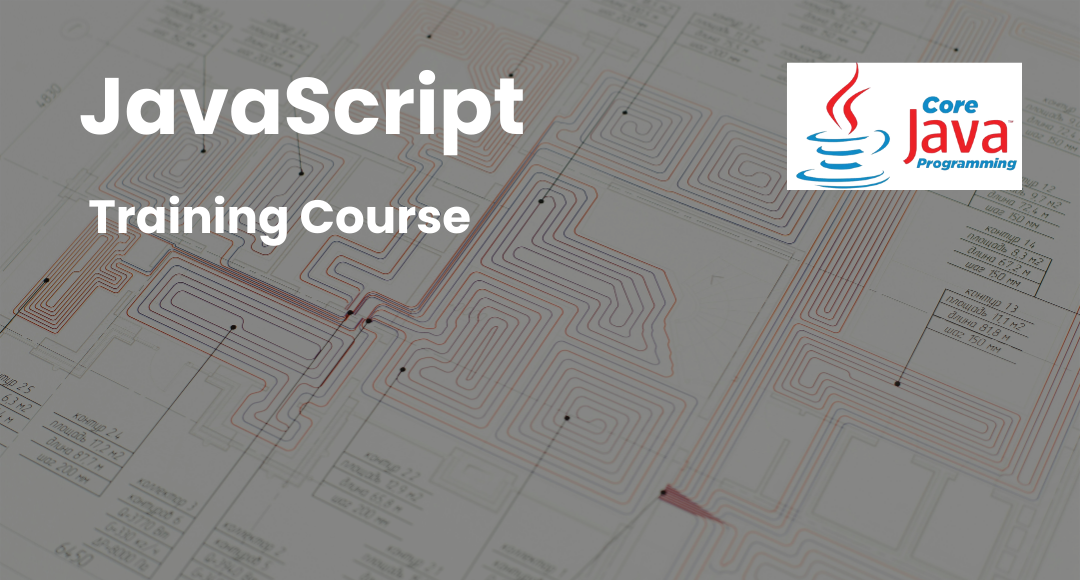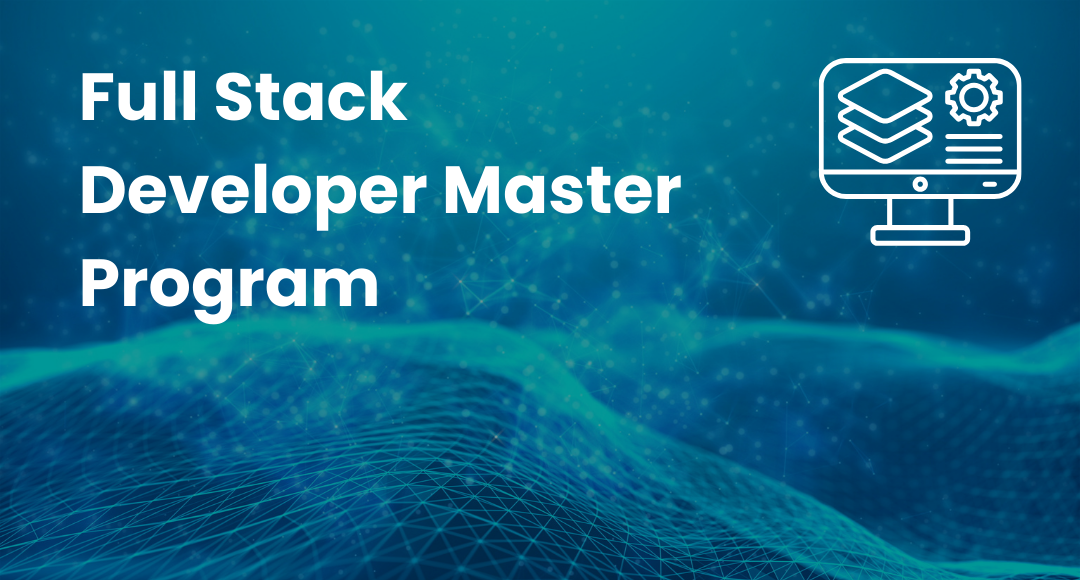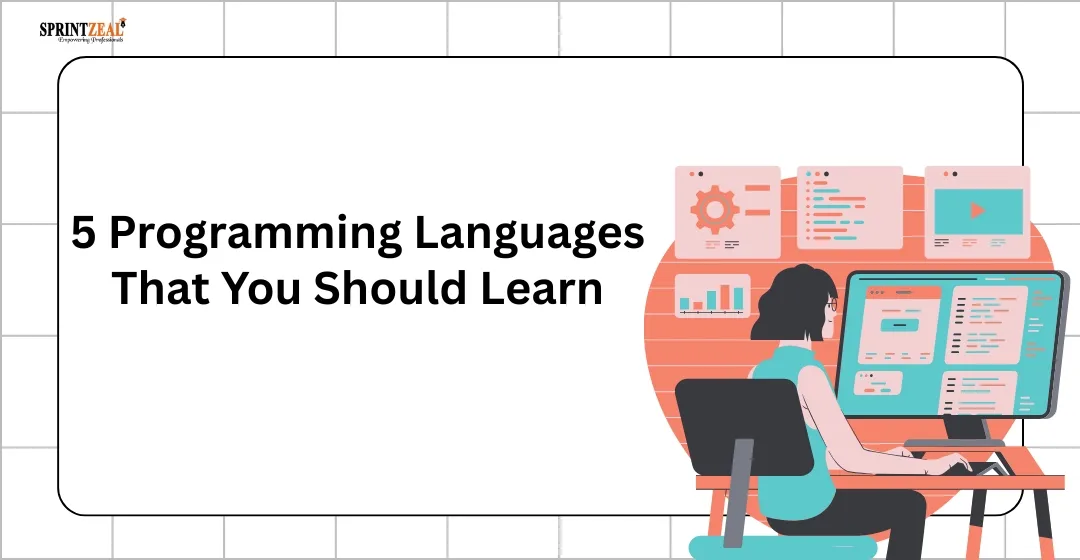Linux Interview Questions and Answers 2026 (UPDATED)
-
 By Syed Irfan
By Syed Irfan - Published on Aug 24 2022

Table of Contents
- Linux Interview Questions and Answers 2026 (UPDATED)
- Linux Interview Questions Part 1 - Working of the Linux Operating System
- Linux Interview Questions And Answers Part 2: Reasons To Choose Linux
- Linux Interview Questions And Answers – Set 1
- Linux Interview Questions And Answers – Set 2
- Linux Interview Questions And Answers – Set 3
- Linux Interview Questions Tips
- Conclusion
Linux Interview Questions and Answers 2026 (UPDATED)
Linux is a type of open-source OS. OS stands for Operating System. Let’s have a detailed explanation of Linux interview questions and answers. The operating system defines the particular software which helps in the direct management of hardware and the resources of the system, it has its position between the hardware and applications.
It makes a connection between the complete software and the physical resource responsible for performing the work.
OS can be seen as a car engine that does not need any support to run, but it becomes meaningful when associated with an operating car. It acts as the core factor which binds all the other elements, and without its help, no work can be done.
Linux Interview Questions Part 1 - Working of the Linux Operating System
Initially, Linux was designed to work the same way as UNIX, but the Linux operating system evolved with time and is compatible with a wide range of hardware from supercomputers to smartphones.
Linux kernel is present in every OS based on Linux. It is useful in managing the hardware resources and several software packages constituting the remaining part of the Linux operating system.
There are a few core components common to the operating system, like GNU tools. These particular tools are of great benefit to the user in managing the resources rendered by the kernel.
The tools also help the users to install other software and configure different security settings and performance.
These tools also play a few functions other than the above-mentioned ones.
Together, these tools form a functional and complete operating system. The different combinations of various software in Linux distributions can vary being open-source.
The different pieces of the Linux operating system are:
- Boot loader: Boot loader is the software behind the management of the boot process of a certain computer. It normally comes as a pop-up on the screen and then goes back to boot in the Linux operating system for many users.
- Kernel: The kernel is a piece of the complete system known as Linux. It manages the memory, peripheral devices, and central processing unit of the system. The kernel works as the core part of the system. It represents the lowest step of the Linux operating system.
- Unit system: The unit system is a sub-system and helps in bootstrapping the user space. It is in charge of controlling the daemons. System D is one of the widely known unit systems. The unit system manages the boot process after initial booting is done by the bootloader. The bootloader is otherwise called Grand Unified Bootloader or the GRUB.
- Daemons: The daemons refer to the background service that starts during the boot or after the user logs in to the system. The background services include printing, scheduling, and other system facilities.
- Graphical server: The sub-system behind displaying graphics on the desktop screen is the graphical server. The x server is the common name used to denote the graphical server.
- Desktop environment: The desktop environment is the part of the system where the user interacts with. Many desktop environments are available for the user to choose from. The desktop environment consists of built-in applications like file manager and another desktop program.
- Applications: The full array of applications is not offered by desktop environments. Linux offers its clients much high-quality software which can be installed quite easily. The modern distributions of Linux have tools like app stores which help in the centralization and simplification of the installation process.
Linux Interview Questions And Answers Part 2: Reasons To Choose Linux
Many people have doubts about choosing the Linux operating system over others. The question comes as to why choosing a computing environment that is completely different while the other operating systems available work pretty well.
To answer this question, another question that can arise is whether the prior operating system is good enough to fight the virus, malware threats, and various system crashes. Linux is the best platform to fight these hindrances.
Linux defined its place as the most reliable and versatile computer ecosystem that can help users in many ways. It gives many opportunities for individuals to create the best experience with an amazing computer environment.
Linux comes as the best solution for almost all desktop or computer problems. It provides reliability as well as zero entry cost. Any user can install Linux on their computer system without having to pay a single penny. Software programming or server licensing does not cost anything to the user.
We can compare the server cost of Linux with Windows 2016. The price of a Windows 2016 server is $882.00 for the standard edition. The above-mentioned cost does not take into account the Client Access License and other necessary software licenses.
But the Linux server is free and very easy in terms of installation. This zero-cost facility wins over many customers. It provides great benefits to the user in terms of cost as well as performance.
People using Linux also give great positive comments now and then. According to them, they have never faced any sort of problems relating to ransomware or other viruses. Linux is not vulnerable to virus and malware attacks.
In case the kernel is updated, a server reboot becomes necessary. It is normal for the Linux server to be fine without multiple reboots within less period. Stability and dependence are maintained practically if the updates are done when recommended.
Open Source Feature- Linux
The open-source license is the governing agent for Linux distribution. The key features of an open source are as follows:
- There is freedom in case of running the program let it be for any need.
- There is also freedom for studying the working of the program, and necessary changes can be done according to individual wishes.
- The user also gets to help the neighbors by redistributing the copies.
- The user can even distribute the modified version to others by making copies of it.
- It is very important for every person who works with the Linux platform to understand the above-mentioned points for their benefit. Linux is so far the best operating system as informed by the users.
- The freedom that Linux gives as an open-source operating system is one of the major reasons why most people prefer Linux over others. It gives them freedom of choice as well as use.
Installation of Linux
Few people think that the installation of the Linux operating system is a very difficult task. But Linux helps people in this situation by providing an easy installation facility.
Almost all Linux versions have live distribution. Live distribution help in running the operating system with the help of both CD or DVD and USB flash drive.
This helps the user to carry on the work without having to change anything in the hard drive. There is complete functionality available at the time of installation.
The process of installation is pretty simple, and the instructions flash at the time of practical use.
There is the presence of an installation wizard which helps the user to get through the complete process in a step-by-step manner.
1st step: It involves preparation. The machine meets the installation requirements of the Linux operating system.
Then, the process of wireless setup follows where the connection of the network takes place to manage and download various updates.
2nd step: It involves hard drive allocation, where the installation of the Linux operating system takes place along with a different operating system. This process denotes the dual booting of the system.
3rd step: The location is set on the map, and the user decides the keyboard layout. The final step is setting up a username and creating a password for the system.
Top Linux Interview Questions And Answers
The demand for Linux professionals is increasing day after day. The professionals have to go through the Linux Interview Questions and answers in the selection process. The Linux interview questions and answers help the employer test the candidate's knowledge of the operating system.
The Q and A set for the candidates to showcase their talent relating to the field. There are many popular Linux Interview Questions and answers that the candidates face in the interview.
The Linux interview questions and answers consist of two categories of questions. One is the theoretical questions, and the other type is scenario-based questions.
So now you can crack the interview through these Linux interview questions and answer preparations.
Linux Interview Questions And Answers – Set 1
Some of the popular Linux interview questions and answers are given below:
1) What do you understand by Linux?
Linux is an operating system that is open source in nature and is based on UNIX. Linus Torvalds is behind the innovation of this operating system.
The essential purpose behind the introduction of Linux is to provide a free-of-cost and virus-protected operating system to the general public. It comes as a boon for users who are not able to purchase the Windows, iOS, and UNIX servers.
2) What do you understand about the Linux kernel? Point out if it is legal or illegal to make changes in the Linux kernel.
The Linux kernel is the lowest level of the system software. It manages the resources and works for providing a user interface for interaction. It is legal to edit the kernel.
The license under which Linux is released is the General Public License (GPL). It is a matter of fact that the projects released under the GPL can be legally edited by the final user.
3) State the meaning of LILO.
LILO is the abbreviation for Linux Loader. It is the boot loader that helps at the time of execution by loading the operating system inside the main memory of the system. Almost all computers have bootloaders that are available for Windows or Mac OS versions.
Similarly, LILO comes into action when the Linux OS is taken into consideration. To load the Linux OS, the special boot loader LILO should be installed first.
When power is turned on for the computer, BIOS is responsible for conducting a few prior tests and transferring control to the master boot record. This is the point where the loading of the Linux OS starts and LILO starts. LILO has the wonderful advantage of fast booting of the operating system.
4) How can you define Swap Space?
Swap Space denotes the extra space that Linux uses to temporarily hold the concurrent programs running in the background when the RAM is out of space. The running of a particular program resides specifically on RAM to help the processor in fetching data swiftly.
In the situation where too many programs run in the background and RAM cannot hold so many programs, Swap Space stores the excess of running programs.
The processor identified this situation and searched for data in both rams as well as Swap Space. The Swap Space works as an extension of the random access memory, formulated by Linux.
5) What does BASH stand for?
Bourne Again Shell is the full form of BASH. Steve Bourne is the man behind BASH. It works as a default shell for almost all Linux systems ever since its adaptation.
6) Differentiate between DOS and BASH.
The major difference between the two above-mentioned commands is that the former is not case sensitive while the latter is absolutely case sensitive. DOS usually follows conventions whereas; BASH does not follow any convention while naming the files.
7) What do you mean by virtual desktop?
This feature gives allowance to the user of the desktop to access more than the physical level of the screen. It is generally a virtual screen and helps in expanding the limitations of a particular normal screen.
There are two ways of implementing a virtual desktop i.e., by switching desktops, and or by oversizing desktops.
In switching desktops, there is an option to create a virtual desktop to run the various programs. The virtual desktop certainly behaves like the individual desktop, and all the running programs in the desktops are available to the access of the user.
The case of oversized desktops is certainly different than that of switching desktops. There is no mention of a virtual desktop in this case, but the user gets access to scroll through the desktop in size larger than the normal physical screen.
Linux Interview Questions And Answers – Set 2
8) What do you understand by daemons?
The daemon is sort of a computer program. It helps in providing the functions not available through the base operating system by running in the background.
It normally runs various services in the system background and does not stay under the indirect control of the user interface.
The main purpose of the daemon is to handle different requests periodically and transfer these requests for the appropriate execution of programs.
9) Define Latch.
The latch is a type of storage device which is temporary the time signals that score either 0 or 1 control the latch.
The main purpose of the latch is to store state information. The latch can store data as long as the power is on, and it stores one bit of the data.
10) State the meaning of microprocessors.
It is a device having a single chip that helps in the execution of various instructions. It helps in fetching information from the memory of the system and then works on decoding and executing the function.
The microprocessor normally carries out three very basic functions:
- The first is mathematical functions.
- The second operation is moving the data from a single location of memory to another location.
- The third function takes into account decision-making depending on certain conditions and jumping into new instructions depending on the already made decisions.
11) Which type of daemon facilitates command scheduling?
The crontab command is the daemon that is responsible for facilitating the scheduling of the various commands.
12) State the method of terminating the ongoing process.
The kill command helps in terminating the ongoing process. The PID follows this kill command to terminate or end the process. In the case where all the processes need to be terminated, kill 0 commands come into action.
13) What do you understand by the root account?
A root account is the same as the system administrator account, which helps in achieving complete control over the system.
There is a facility for creating and maintaining user accounts and using these user accounts to assign various permissions for different singular accounts. It comes as a default account all the time when the installation of Linux is in process.
14) Define CLI.
CLI is the abbreviation for Command Line Interface. This interface facilitates the users to write declarative commands to instruct a particular computer to execute certain operations. The interface even offers good flexibility and is of great benefit to the user.
Some users prefer a graphical user interface more, and this is the reason for their inconvenience with this interface. They face certain difficulties in remembering commands which include different attributes that intertwine with them.
Linux Interview Questions And Answers – Set 3
15) What is a symbolic link?
The symbolic links do the same work as the shortcuts in the case of Windows. These links usually point to various programs and files. It even gives the chance of instant access to the link without going to the complete pathname directly.
16) Explain the hard links.
The hard link refers to a directory entry, and it tends to associate a certain name to a particular file on the complete file system.
All the file systems which are directory specific always have a minimum of one hard link which helps in attaching a unique name to every file.
The hard link proves to be the proper replica of the real file that it points to. The inode of both the linked file as well as the hard link is the same.
17) What are the filenames called when preceded by the dot?
Hidden files are the name given to such filenames. These hidden files can be both configuration files holding essential data and even setup info.
The purpose behind keeping these files hidden is to prevent accidental deleting of the files.
18) Explain redirection and grep command.
Redirection is a process that denotes the directing of data from one particular output to another output. The process can also help in directing the output of a certain process to work as input in a different process.
The Grep command is a search command. The command uses pattern-dependent searching and utilizes the options and parameters specifically present per the command line. The grep command uses all these patterns to search the final output of the file.
Linux Interview Questions Tips
Preparing these Linux Interview questions and answers can help the candidates in many ways. These are the top interview questions and answers which can help the candidates pave their way toward success.
The particular Linux Interview questions and answers mentioned in the text are well segregated from a whole lot of wonderful questions. Many theoretical and Scenario based interview questions can help aspiring candidates in a great way. It is quite advisable to garner all sorts of knowledge possible from various sources to know more about the topic and clarify doubts.
The interview is all about smartly answering the Linux interview questions and answers even if there is no perfect answer. The technicality in the Linux Interview questions and answers calls for great attempts while preparing.
Studying effortlessly always proves fruitful. IT is a budding industry and the demand for professionals is quite obvious.
The burden comes on these professionals on how to manage the IT sector securely and efficiently. The evolution of the best practices in the IT sector depends on the expertise and caliber of these professionals.
Conclusion
Dedication and efforts never go in vain. They make a person shine even on the gloomiest days. To shine always, hard work is quite necessary. It takes a lot to be in a position where you can get both lucrative pay as well as great honors.
Every individual does not get an opportunity in their lifetime to get both prestige and good pay. In this tech-savvy world, knowing one of the best and most well-known operating systems that are Linux is essential.
Any individual, to keep pace with the world, has to take upon the advantages and opportunities that the world has to provide. It is not very difficult to learn new things, but it is not that easy as well.
It requires just the right amount of everything and the complete set of skills, caliber, and knowledge make the process of learning new things possible. It is never late to know new things and gain knowledge.
You can always start gathering great facts and talent to accessorize yourself. Take a chance and do what it takes to bring good things to you.
In the end, anything and everything that you do will eventually be in your favor. Linux operating system is developing day by day and gaining recognition more and more. Having knowledge about the system and practicing the important Linux Interview questions and answers and answers can be of great benefit.
For top-level courses visit our website. For FREE practice tests and to learn on the go download our app.
Subscribe to our Newsletters
Popular Programs
Trending Posts
5 Programming Languages That You Should Learn
Last updated on Jun 18 2025
HTML 5 Interview Questions and Answers 2026
Last updated on Nov 18 2022
Programming Certifications that Pay Well
Last updated on Nov 28 2025
Most Trending Programming Languages in 2026
Last updated on Apr 26 2024
Comprehensive PHP Interview Questions and Answers for 2026
Last updated on Oct 2 2025
Top Docker Interview Questions And Answers 2026
Last updated on Apr 24 2025
Categories
- Other 69
- Agile Management 45
- Cloud Computing 56
- Project Management 172
- Big Data 66
- Business Management 88
- Digital Marketing 78
- IT Service Management 29
- Programming Language 58
- AI and Machine Learning 76
- IT Security 112
- Quality Management 78
- IT Hardware and Networking 25
- Microsoft Program 4
- Workplace Skill Building 13
- Risk Management 9
- Information Security 8
- Leadership and Management 9
- Corporate Training and Development 1
Trending Now
Top 25 Java Interview Questions and Answers in 2026
ArticleJIRA Software – Uses, Purpose and Applications
ArticleJava Interview Questions and Answers 2026 (UPDATED)
ArticleTop Docker Interview Questions And Answers 2026
ArticleSQL Interview Questions and Answers 2026
ArticleKubernetes Interview Questions and Answers 2026
ArticleLatest HTML Interview Questions and Answers 2026
ArticleC# Interview Questions and Answers - UPDATED 2026
ArticleHTML 5 Interview Questions and Answers 2026
ArticleJAVA Scanner Class Guide 2026
ArticleTop React Interview Questions and Answers
ArticleBest Python Interview Questions and Answers 2026
ArticleTop Tableau Interview Questions and Answers 2026
ArticleTest Manager Interview Questions and Answers for 2026
ArticleMost Trending Programming Languages in 2026
ArticleGuide to Becoming a Salesforce Developer
ArticleWeb Developer Certifications Trending in 2026
ArticleProgramming Certifications that Pay Well
ArticleTop 5 Python Certifications - Best for 2026
ArticleOOPs Interview Questions and Answers
ArticleTop Git Interview Questions and Answers [Updated 2026]
ArticleManual Testing Interview Questions and Answers 2026
ArticleJavaScript Interview Questions and Answers 2026 (Update)
Article15 Spring Boot Interview Questions and Answers (2026 Update)
ArticleBest Programming Language to Learn in 2026
ArticleOOPs Concepts in Java: Basics, Characteristics and its Examples
ArticleTop 20 Microservices Interview Questions and Answers
ArticleTop Oracle Interview Questions and Answers
ArticleTop MongoDB Interview Questions for 2026
ArticleHow to Become a Full-Stack Developer: A Step-by-Step Guide
ArticleTest-Driven Success: How Jenkins Turns TDD into a Breeze!
Article10 Best Mulesoft Integration Service Providers in 2026
ArticleHow to Become a Laravel Developer in 2026: A Step-by-Step Roadmap
ArticleCan Low-Code Platforms Really Save Time and Costs in IT Projects?
Article5 Programming Languages That You Should Learn
ArticleUnderstanding LMS: The Go-To Guide
ArticleUnderstanding APIs: What You Need To Know
ArticleJava OOPs Interview Questions and Answers (2026)
ArticleTop AngularJS Interview Questions and Answers (Freshers & Experienced)
ArticleTop Mobile Testing Interview Questions and Answers for 2026
ArticleAndroid Interview Questions 2026
ArticleSpring Interview Questions With Answers (2026)
ArticleShell Scripting Interview Questions
ArticleHibernate Framework Interview Questions and Answers (2026)
ArticleLatest LINQ Interview Questions and Answers for Freshers & Experienced
ArticleComprehensive PHP Interview Questions and Answers for 2026
ArticleTop jQuery Interview Questions and Answers (2026 Guide)
ArticleHow to Select a Rust Development Company with Expertise in Cloud and Embedded Systems?
ArticleMaster Node.js: Your Ultimate Interview Preparation Guide for 2026
ArticleLaravel Interview Questions and Answers for Successful Preparation
ArticleTop Development Companies for Logistics and How to Choose the Right One
ArticleHow to Become a Python Developer: Master Key Skills & Explore Career Paths
ArticleHow to Become an SQL Developer: A Complete Step-by-Step Guide
ArticleWhat is Full Stack Development? Understanding the Basics and Beyond
ArticleHow to Become a UI/UX Designer
ArticleSoftware Developer Job Description: Key Roles, Skills and Responsibilities
ArticleTop Tech Skills You Need to Succeed in the Future
Article






